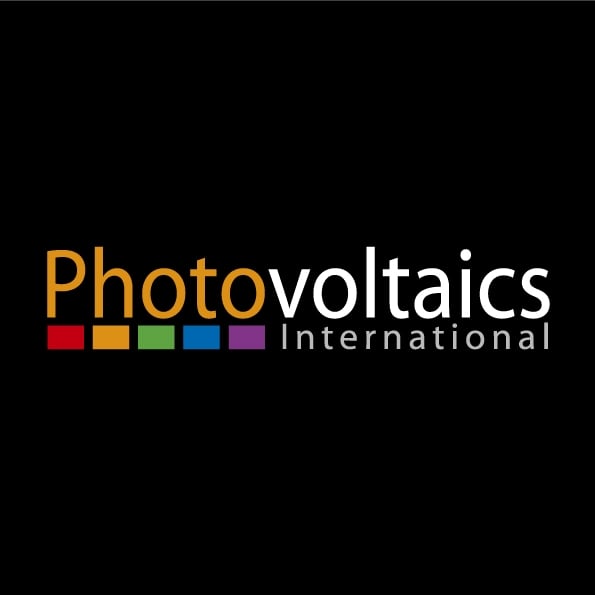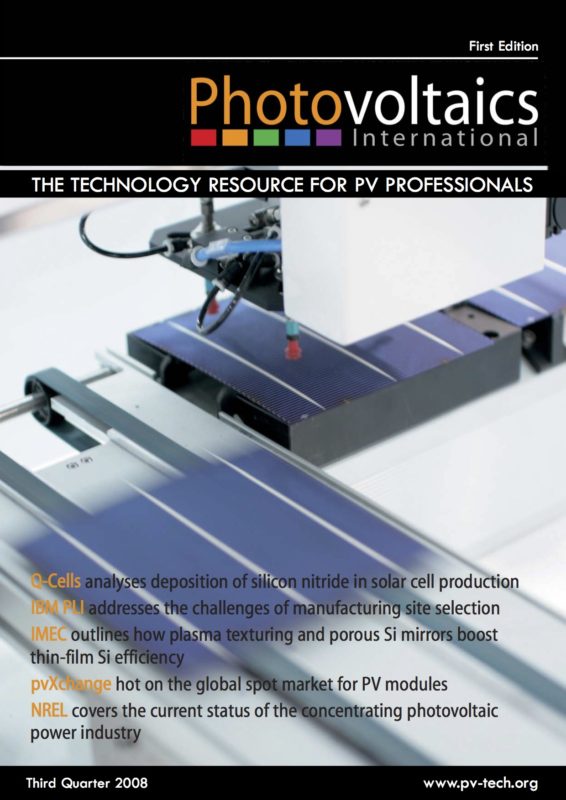By Sarah Kurtz, Principal Scientist, National Renewable Energy Laboratory (NREL)
Today’s PV industry is growing at a rapid rate, but the industry would grow even faster if costs could be reduced for both the final products and the capital investment required for scale-up. One strategy for reducing module cost is to reduce the amount of semiconductor material needed (the cost of the silicon solar cells typically comprises more than half of the module cost). Many companies are thinning the silicon wafers to reduce costs incrementally; others use thin-film coatings on low-cost substrates (such as amorphous/microcrystalline silicon, cadmium telluride, or copper indium gallium (di)selenide on glass or other substrates). Concentrating photovoltaics (CPV) follows a complementary approach and uses concentrating optics, which may be designed for low or high concentration, to focus the light onto small cells. Low-concentration concepts use silicon or other low-cost cells; high-concentration optics may use more expensive, higher-efficiency cells. The higher-efficiency cells can reduce the cost-per-watt if the cost of the small cells is minimal.



